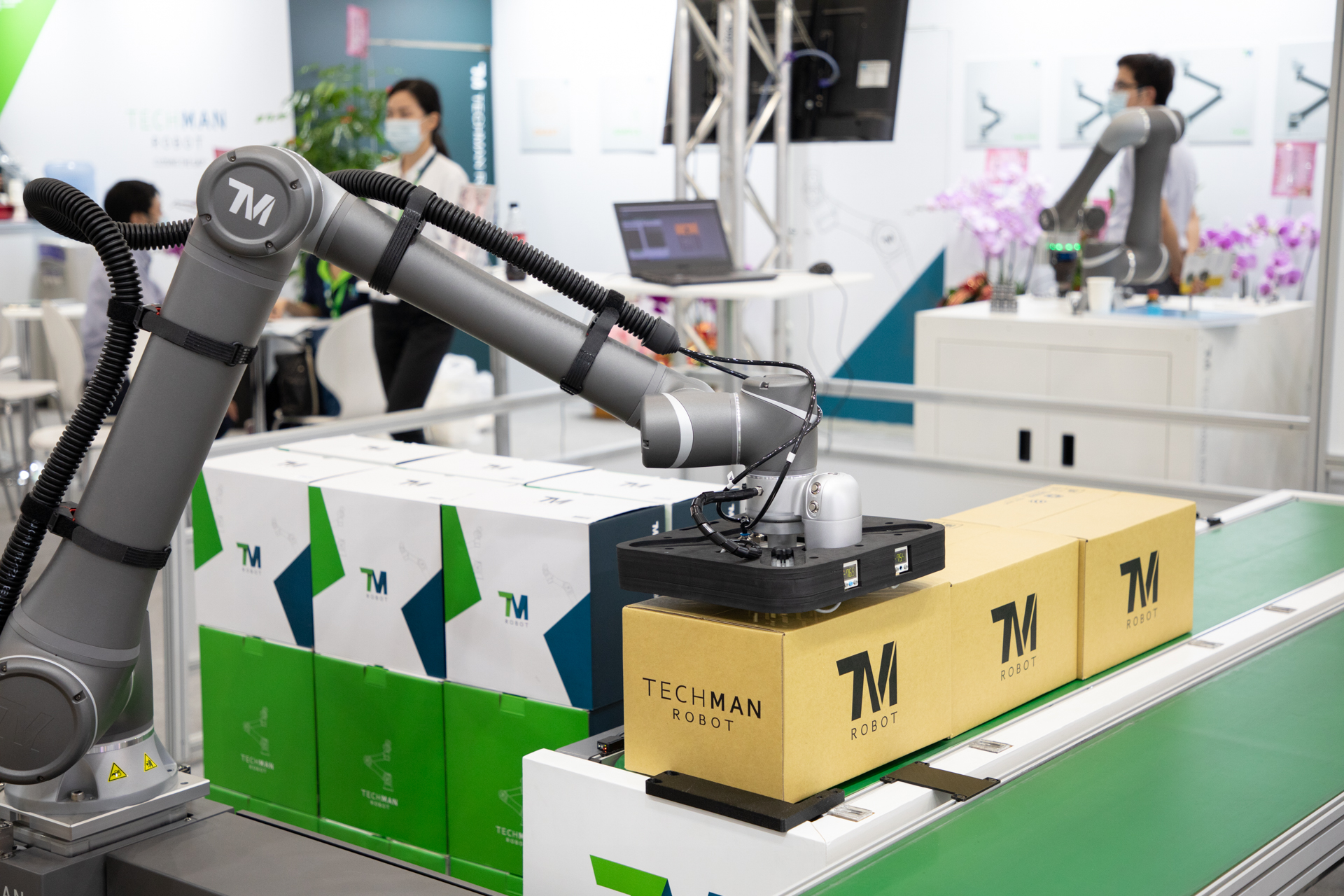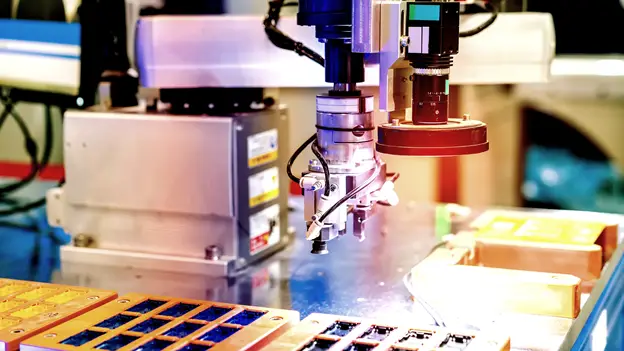The role of fibre testing equipment in precision production environments
Exploring the Duty of an Optical Fibre Diameter Analyser in Ensuring Product Top Quality
The role of an optical fibre diameter analyser is essential in keeping item top quality within the telecom sector. These tools procedure fibre diameter with precision, guaranteeing consistency and performance. Variants in diameter can bring about considerable signal loss, influencing communication dependability. As producers purpose for excellence, understanding the mechanisms behind these analysers ends up being vital. What improvements lie ahead in this area, and how will they shape the future of optical fibre production?
Recognizing Optical Fibre Diameter Measurement
Measuring the diameter of optical fibres is an important process in assuring the efficiency and dependability of fibre optic systems. Precise measurement is important, as variations in diameter can significantly influence signal transmission and total system effectiveness. The measurement process normally employs innovative tools and strategies, such as laser micrometers or optical fibre diameter analysers, which supply precise, real-time data.These gadgets can assess fibres' sizes with severe precision, commonly to micrometre degrees. This accuracy helps recognize prospective problems or inconsistencies in the production procedure. In addition, recognizing the diameter measurement includes recognizing the value of aspects such as temperature, tension, and product properties, which can influence the final measurements. By keeping stringent measurement methods, producers can ensure that the optical fibres satisfy industry criteria and specs, ultimately adding to the longevity and efficiency of fibre optic networks.
The Relevance of Uniformity in Optical Fibre Production
Uniformity in optical fibre production is crucial for making certain accuracy in producing procedures. Variants in diameter can significantly influence efficiency metrics, influencing the total quality and dependability of the fibre. Standardization and quality control measures are crucial to keep harmony and enhance item efficiency.
Accuracy in Production Processes

Influence On Performance Metrics
Making sure harmony in optical fibre diameter substantially influences efficiency metrics throughout numerous applications. Consistent diameter results in excellent light transmission, lowering signal loss and improving overall effectiveness. When fibres preserve a basic size, the possibility of issues diminishes, improving reliability in telecoms and information transfer (fibre testing equipment). Additionally, consistent sizes assist in easier assimilation into existing systems, lessening compatibility concerns. Variations in diameter can create changes in attenuation and diffusion, adversely impacting performance. By utilizing an optical fibre diameter analyser, producers can closely keep an eye on and readjust manufacturing processes, promoting a greater degree of harmony. This uniformity not just improves the high quality of the end product but additionally enhances consumer fulfillment, confirming crucial for preserving competitive advantage in the optical fibre market
Standardization and Quality Assurance

Just How Optical Fibre Diameter Analysers Work
Optical fibre diameter analysers run with a mix of light transmission and innovative measurement methods to accurately analyze the diameter of optical fibres. These devices use a laser or LED source of light that gives off a beam of light guided at this contact form the fibre on trial. As light interacts with the fibre, it is refracted and spread, enabling specific measurements.The analyser catches the light utilizing a high-resolution camera or photodetector, which converts the optical signals into electric signals. Advanced formulas then refine these signals, computing the diameter based upon the intensity and circulation of the light.The system generally includes calibration features to ensure precision, employing recognized standards to validate measurements. By continuously monitoring the fibre diameter, these analysers help maintain compliance with industry requirements and specifications, guaranteeing regular product high quality. Improved automation in modern analysers better enhances the process, promoting real-time evaluation for makers.
Influence on Signal Stability and Interaction Reliability
A regular and exact optical fibre diameter is necessary for preserving signal integrity and communication reliability in fibre optic networks. Variants in diameter can result in increased light loss, causing degraded signal high quality and reduced transmission distances. When fibres are not consistent, concerns such as modal dispersion and attenuation might develop, which can distort the data being sent and lead to mistakes in Visit This Link communication.Furthermore, irregularities in fibre diameter can impact the efficiency of connectors and splicing, leading to further signal degradation. This variance can compromise the overall reliability of network systems, influencing everything from internet rate to telecommunication clarity.
Enhancing Production Effectiveness With Advanced Technology
Keeping consistent fibre diameter is important for guaranteeing trustworthy communication systems. Advanced modern technology, specifically the optical fibre diameter analyser, plays an essential function in enhancing producing performance. By providing real-time dimensions and exact information regarding fibre diameters, this modern technology permits suppliers to promptly recognize inconsistencies from called for specs. Subsequently, production processes can be changed immediately, minimizing waste and minimizing downtime.The combination of automated systems simplifies quality assurance, enabling consistent tracking throughout the production process. This not just accelerates production yet additionally improves general product quality, resulting in fewer issues. Furthermore, progressed analytics allow manufacturers to maximize their procedures based on empirical data, facilitating continual improvement. Because of this, the optical fibre diameter analyser adds noticeably to reducing operational prices and raising throughput, inevitably promoting an extra competitive side on the market. By welcoming these developments, suppliers can ensure their products satisfy the highest possible standards of top quality and reliability.
Future Patterns in Optical Fibre Quality Assurance
As the optical fibre market evolves, future trends in quality assurance will prominently include developments in measurement innovation. These advancements will certainly allow a lot more exact evaluations of fibre diameter, boosting total item honesty. Furthermore, the integration of automated quality assurance systems guarantees to enhance procedures and enhance consistency in manufacturing.
Advancements in Measurement Technology
With the consistent evolution of optical fibre technology, the need for precise measurement tools is a lot more critical than ever. Recent advancements in measurement innovation have resulted in the growth of innovative optical fibre diameter analysers that utilize high-resolution imaging and laser-based methods. These developments make it possible for producers to achieve greater accuracy and repeatability in diameter dimensions, crucial for preserving rigid high quality requirements. Additionally, the integration of expert system and equipment learning formulas enhances data analysis, allowing for real-time adjustments during manufacturing processes. As the industry accepts these technical innovations, they guarantee to enhance effectiveness, decrease waste, and assure the dependability of optical fibres in various applications, eventually sustaining the growing requirement for high-performance communications facilities.

Automated Quality Control Solution
While the optical fibre sector remains to breakthrough, the implementation of automated quality assurance systems is positioned to transform top quality assurance procedures. These systems utilize advanced formulas and real-time data analysis to keep track of fibre diameter and other vital criteria with exceptional accuracy. By incorporating optical fibre diameter analysers with automated systems, makers can discover discrepancies from specifications quickly, reducing the threat of problems. Additionally, automation lessens human error, enhances uniformity, and speeds up production visit site timelines. As industries significantly embrace Sector 4.0 concepts, the role of computerized top quality control systems will increase, helping with a smooth link between production and high quality guarantee. This change not just guarantees higher item top quality however additionally cultivates advancement and efficiency throughout the manufacturing process.
Often Asked Questions
What Factors Impact the Optical Fibre Diameter Measurement Precision?
Factors influencing optical fibre diameter measurement accuracy consist of ecological conditions, calibration of measurement devices, driver strategy, the sensitivity of the measuring gadget, and the physical residential or commercial properties of the fibre itself, such as material structure and surface irregularities. (optical measurement system)
Exactly How Typically Should Optical Fibre Diameter Analysers Be Calibrated?
Calibration regularity for optical fibre diameter analysers usually depends upon use intensity and manufacturer suggestions. Regular checks, typically month-to-month or quarterly, guarantee measurement precision and integrity, therefore maintaining the stability of the manufacturing procedure.
Can Environmental Issues Impact Measurement Outcomes?
Environmental problems can substantially affect measurement results. Aspects such as temperature level, moisture, and atmospheric pressure might affect the efficiency of measurement instruments, potentially leading to errors in the outcomes gotten from optical fibre diameter evaluation.
What Are the Typical Types of Optical Fibre Diameter Analysers?

Exactly how Do I Select the Right Analyser for My Production Demands?
Choosing the ideal analyser entails examining production demands, including fibre type, diameter range, and measurement accuracy. In addition, checking out the analyser's calibration, compatibility with existing equipment, and interface can substantially affect the decision-making process.